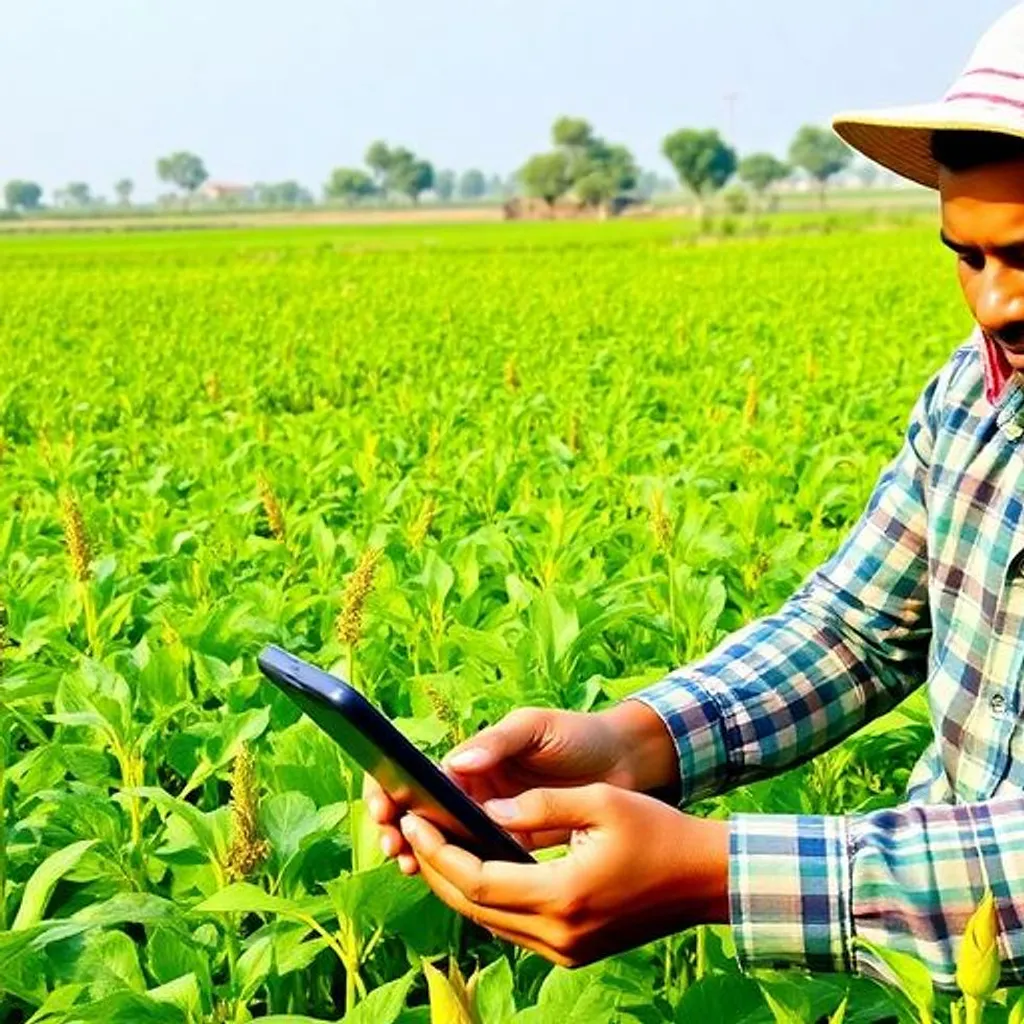In the heart of the Arabian Peninsula, where the sun blazes and water is a precious commodity, a quiet revolution is taking root. Saudi Arabia, long known for its oil reserves, is now turning its attention to another vital resource: food. As climate change tightens its grip, threatening food security and farmer livelihoods, researchers are looking to Climate-Smart Agriculture (CSA) as a lifeline. A recent study published in *Sustainable Futures* (translated as “可持续未来” in Chinese), led by Wang Li from the Department of Economics at Inner Mongolia University, sheds light on the adoption of CSA in the Kingdom, offering insights that could reshape the future of agriculture in arid regions.
The study, a Systematic Literature Review (SLR) spanning from 2010 to 2023, reveals that Saudi Arabia is already embracing CSA practices, with climate-resilient crop varieties leading the charge. “Climate-resilient crop varieties are reported in 52% of the reviewed studies,” Wang Li notes, highlighting their prominence in the Kingdom’s agricultural landscape. These varieties, along with efficient irrigation technologies like drip and sprinkler systems, and conservation tillage, are becoming the backbone of Saudi Arabia’s agricultural resilience.
The adoption of these practices is not happening in isolation. It’s driven by a combination of factors, including education, access to modern irrigation infrastructure, government subsidies, and exposure to climatic risks. “Empirical evidence highlights that adoption is significantly influenced by education, access to modern irrigation infrastructure, government subsidies, and exposure to climatic risks such as prolonged droughts and sandstorms,” the study reveals. This underscores the importance of a holistic approach to agricultural development, one that considers not just the technology but also the socio-economic context.
The implications of this research extend beyond the fields of Saudi Arabia. The study shows that CSA practices contribute directly to several Sustainable Development Goals (SDGs), particularly SDG-2 (Zero Hunger), SDG-6 (Clean Water and Sanitation), and SDG-13 (Climate Action). By improving yields, enhancing food security, conserving scarce water resources, and reducing greenhouse gas emissions by up to 12%, CSA is proving to be a powerful tool in the fight against climate change.
For the energy sector, this research offers a glimpse into a future where agriculture and energy intersect in innovative ways. As CSA practices become more widespread, the demand for energy-efficient irrigation technologies and other agricultural innovations is likely to grow. This presents a significant commercial opportunity for companies operating in the energy sector, particularly those focused on renewable energy and energy efficiency.
Moreover, the study’s recommendations—strengthening localized training centers, expanding ICT-driven outreach platforms, and integrating CSA within national agricultural strategies—point to a future where technology and agriculture are inextricably linked. This could open up new avenues for collaboration between the energy and agricultural sectors, leading to the development of innovative solutions that address the challenges of climate change and food security.
In the words of Wang Li, “These measures are vital to scale CSA adoption, support small and medium-scale farmers, and align the Kingdom’s agricultural transition with its broader sustainability and food security objectives.” As Saudi Arabia charts its course towards a more sustainable future, the lessons learned from this study could serve as a roadmap for other countries grappling with the challenges of climate change and food security. The quiet revolution in Saudi Arabia’s fields is not just about food; it’s about the future of our planet.

